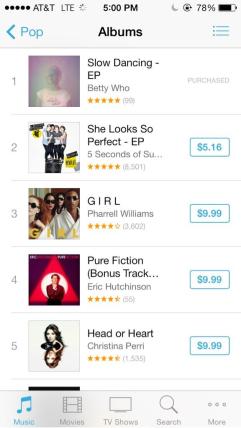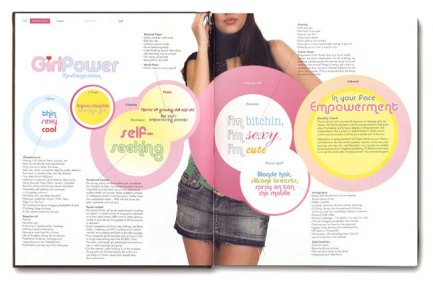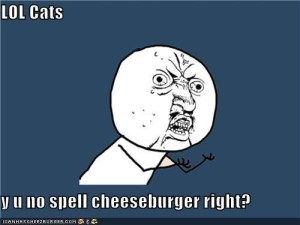I’d like to use my digital essay project as a way to explore a possible solution to a set of challenges I’ve continually bumped up against in teaching first year composition (FYC) for the first time this spring. These particular challenges have originated, at least to my mind, from a lack of “content” in my FYC course; while I’ve continually brought in ‘outside material’ other than the Arak Anthology and the Allyn & Bacon Guide to Writing, my students have not been tackling a related set of writings that ‘speak to’ one another in some way. I’m finding this particularly regrettable as they set off on their research projects. It’s not surprising, when I reflect on it, that many of them had difficulty coming up with an interesting question to pursue. They’re almost all freshmen, so few of them have a sense of ‘conversations’ they might like to enter in their disciplines, and they haven’t engaged in any sustained way with a set of related ideas and texts throughout the semester, so they aren’t coming into any new ‘conversations’ in an authentic way.
The possible solution I’m interested in exploring “the use of remix as concept, material and method” for FYC, to steal a phrase from Kathleen Blake Yancey (who was using it to describe the process of redesigning the comp/rhet graduate education program at FSU). There are clearly many different possibilities for the ‘material’ of a FYC class, but I am particularly intrigued by the conceptual and methodological possibilities of remix as an entry point for FYC students into intellectual thinking and composing. I’d like to further pursue a line of thought I picked up in my x5 blog post, about the potentially fruitful parallels between multimodal remix and academic writing. I’m interested in what might be gained by seeing intellectual writing as already a (mostly monomodal) form of remix, and seeing other kinds of remix as participating in a similar kind of intellectual discourse. If we can reimagine the discourse of the academy and the discourse of remix as practices of layering and arranging other texts to produce something new, then perhaps we can help FYC students start to break down the walls they often sense between the academic and public types of composing and reading they tend to do (as well as the walls between the different modes in which these compositions can be accomplished—‘text’ vs. ‘media’).
I’m conceiving of my project, then, as divided into two parts: theory and practice. In the theory section, I intend to engage composition theory and other scholarship about remix, to explore and potentially make the case for remix as a particularly apt “concept, material and method” for FYC. In the practice section, I intend to come up with a set of materials for teaching an FYC course centered on remix—at the minimum, readings and a set of major assignments, with commentary for other teachers who might potentially be interested in teaching an FYC course with remix as its theme. Though it’s unlikely I’ll get to it before the semester ends, I’ll also design a full syllabus and series of lesson plans over the summer, as I’d like to test drive this course in the fall.
As such, the platform I select for the project needs to be flexible enough that I can add to it later. I really enjoyed creating the Concept in 60 video and would like to find a way to make use of video in my essay—I may actually try to put the “theory essay” in video format, because I think it would be one way to make that material more engaging. For the platform itself, I’m actually kind of a fan of Prezi. It allows the viewer to move through the material at his/her own pace, and it offers a giant canvas for presenting related ideas in a dynamic way. Plus you can embed video as well as text, so it seems flexible enough to accommodate the range of modes I’m hoping to use. Although my essay would likely contain more alphabetic text than this Prezi digital essay, I think the graphics, layout and incorporation of video are something to aspire to.
In terms of texts to work with, I think I’m more in danger of having too many than not enough. I suspect this is actually going to be my biggest challenge, since “remix” has become a bit of a buzzword in comp studies in the past 10 years; finding something new to say, or at least something usefully synthesizes others’ ideas, may be difficult, though I don’t believe it is impossible. Since Lessig was my initial starting point for this line of thought, I will likely work with him. But as I mentioned earlier, I’d like to engage some composition scholarship: Kathleen Blake Yancey had done interesting work on multimodal composing/remix; Eduardo Navas’s e-book Remix Theory: The Aesthetics of Sampling looks promising; and Johndan Johnson-Eilola, Stuart Selber and our own Joe Harris have done really interesting work on the relationship between plagiarism and remix in composition. Since I’m interested in the connection between alphabetic compositions and new media compositions, I’m also exploring Walter Ong’s concept of “secondary orality” in Orality and Literacy. In terms of teaching material, Catherine Latterell’s student textbook Remix: Reading and Composing Culture may provide both a source of inspiration and something to critique, since at least in my skimming through it, it seems rather distant from what I initially had in mind for my remix FYC class. I also found this video miniseries that might be a nice introduction for students to some of the main lines of thought around remix:
Some have started to push back against remix, too: a recent piece in Computers and Composition by Brian Ray argues for “genre uptake” as a more useful concept than remix for students composing in new media, which is already testing my thinking on remix in potentially generative ways. And I’m sure there’s a bunch more stuff out there—I’ve only started to scratch the surface.
Questions for you folk: do you have any immediate responses to my line of inquiry that might help me narrow my thinking and research? Because the idea of remix is so popular in composition right now, I am slightly worried about my scope and about finding something new to say. What do you think about Prezi as a format? Would a WordPress site be more practical? Any materials you’re aware of that might be useful?
Thanks in advance for taking the time to read and respond to this. I just realized this post is over 1,000 words. FML. Concision: I’m still working on it.





